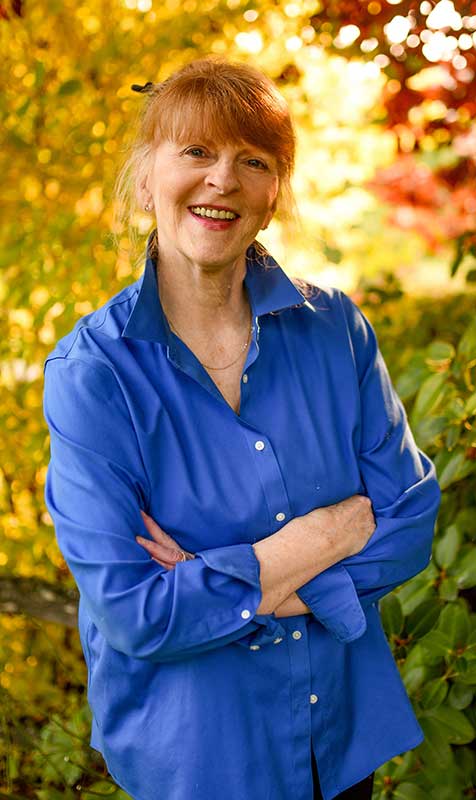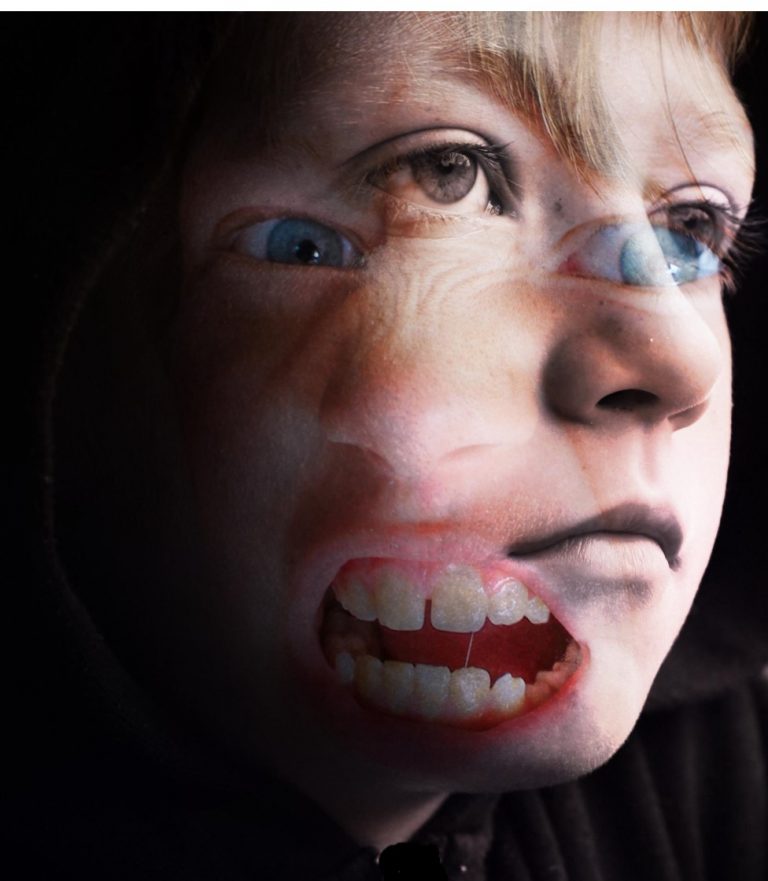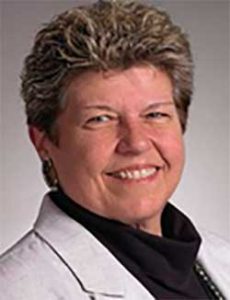Aw Snap! Enrollment for Teaching Energetics Is Currently Closed.
BUT WAIT
When we open Teaching ENERGETICS, you can be among the first to know!
By signing up now for the TE waitlist you’ll receive email alerts for special bonus offers and be notified when doors open so you get in ahead of the crowd.
"Children teach us what we need to know."
-Mary Reynolds, M.S. Educational Psychology, Counseling & Development
"Children teach us what we need to know."
-Mary Reynolds, M.S. Educational Psychology, Counseling & Development
Hello and welcome to Teaching Energetics!
I’m Mary Reynolds, and the above photo is a depiction of the first day of my 7th year of teaching.

When I walked into my classroom of 55-65% behaviorally at-risk students and saw one of them on top of his desk acting like a monkey, I thought “Well, I’ve got my work cut out for me this year!”
Having grown up as my parent’s designated “problem child,” I had vowed I would come up with much better ways of reaching kids than by using the hurtful, harmful tactics that were used on me, and that’s exactly what I did. I was determined to figure this group out!
This was 40 years ago, in a mining community with a very transient population, where kids with disruptive behaviors was the daily norm.
Even though these kinds of problems seem to have only reached suburban schools in the last decade or so, it’s always been highly problematic in transient and urban schools. I know because I’ve taught, coached sports and counseled in rural, transient, urban and suburban schools, so I’ve pretty much seen and experienced a lot.
There were violent gangs walking the streets of that community with crowbars and guns, big scary fights outside our home on Saturday nights, and one of my traumatized students murdered his abusive father. There was daily substance abuse on campus, a suicide epidemic, babies being born in school bathrooms. And this is not a complete list.
I’m not trying to impress you, but rather to impress upon you that I’ve been in the trenches. Energetics is the cornerstone you need to be able to help these kids. You don’t need to wait until you earn a special degree. You simply need to understand what’s happening energetically with struggling students disrupting you and your entire classroom.
In the first 9 weeks we went from this …


…to this!
a self-regulating
self-advocating
self-governing
safe, all-inclusive
high-performing group
You've tried everything:
PBS. PBIS. ABA. CPS. SEL. Teaching Empathy. CHAMPS. RULERS.
Growth Mindset. Maker Learning. Bloom’s Taxonomy. Brain-Based Learning.
Personalized Learning. Project-Based Learning. Team-Building for Learning.
Blended Learning. Genius Hour. Trauma-Informed Care.
Zones of Regulation. PAX. Restorative Circles & Justice.
Nothing has completely taken your struggling students the full distance.

But don’t worry, you haven’t tried THIS.
Thousands of caring teachers have endured the same exhaustion and frustration you’re feeling right now and found a way forward with The 30 Second TurnAround.
The same can be true for you!
This program is backed by 50+ years of research on the impact of Quantum Interconnectedness, physiological and biological psychology of behavioral neuroscience, and child development.
My Teaching Energetics System is your step-by-step MAP to dissolve the driving force underscoring the insidious incoming energies which are ramping up your students’ biggest, scariest, emotionally triggering struggles at an energetic level, resolving them once and for all.
The 30 Second TurnAround
You are about to learn something remarkable – it takes just 30 seconds or less to influence the outcome of a potentially significant event. Sounds too good to be true doesn’t it? It’s not. It’s science. It’s real. It’s happening, and I’ll prove it to you.
You can positively influence and neutralize intense situations by using the thinking technology I provide for you in my energetics system.
In fact, it’s the primary way you can influence whether a potentially disruptive event goes big or goes away.
This is a brief overview of Teaching Energetics: what it is, how it works and how it has transformed the lives of every student in my classroom. This has also worked with the families sent to my counseling office.
Energetics is easy to learn, and its impact is profound. You can neutralize any emotionally charged event. Once you learn the science of energetics, you can start using it immediately. It is very actionable.
To see if Teaching Energetics System is a good fit for your classroom, listen to what these educators had to say after applying my thinking techniques. They may answer some questions you might have.
Using energetics, you’ll barely recognize your classroom
Modules For The Course Include:
MODULE 1: QUANTUM INTERCONNECTEDNESS and how you participate
MODULE 2: ENERGETICS user-friendly quantum connection – illustrated
MODULE 3: INFLUENCER how you have the power – demonstrated
MODULE 4: P.E.A.C.E. tool to transform the big stuff in 30 seconds or less
MODULE 5: CO-MINGLING how to work with negative groups
MODULE 6: iVIBES for digging up your contradictory Infinitesimal Vibes
MODULE 7: BAROMETERS and kid’s Frequency Breaker Behaviors
MODULE 8: MIRRORING what students are reflecting back to you
MODULE 9: 3 Step MAP System: Meaning, Alignment, Preference

- The 3-Step Teaching Energetics System includes specific, field-tested techniques, not fluffy classroom theory.
- You will NOT have to learn pages and pages of phrases or word-for-word scripts that you will readily forget in the heat of the moment during intense upsets.
- Learn the thinking technology that will shift the energy of all those next or near to you, within 6-10 feet, in 30 seconds or less, more times than not.
Teaching Energetics System gives teachers everywhere, on any budget,
the power to reach and teach any student, no matter what their struggle.
Online and Self-Paced
100% online, self-paced & easy to stick with:
- 24/7/365 access to 9 in-depth modules with training videos
- Advance bonus modules
- MP3 downloads of each video for learning on-the-go in the car or when you are waiting anywhere!
Dissipate big, scary, emotionally charged behaviors.
Energy shifting, science-based, field-tested techniques, not airy-fairy theories.
No scripts or pages and pages of phrases you’ll forget in the heat of the moment.
Know exactly what to think to change your vibe, no matter what life throws at you.
See the energy change for the better often in as little a 30 seconds or less.
Make life-changing progress with as little as 15 minutes a day.
See joyful productivity happening as your students feel safe and seen by you and their peers.
User-friendly quantum physics and biology, neuroscience-based field-tested tools and strategies for students struggling with:
– Attention Disorders (ADD ADHD)
– Oppositional Defiant Disorder (ODD)
– Disruptive Mood Dysregulation Disorder (DMDD)
– Reactive Attachment Disorder (RAD)
– Sensory Processing Disorder (SPD)
– Anxiety & Depression
– Conduct Disorder
– Autism & Developmental or Learning Differences
And children who experience or have experienced:
– Aggressive, confusing and unpredictable behaviors
– Tantrums and meltdowns
– Disconnection or shutdown
– Adverse childhood experiences
– Trauma and toxic stress
– Suicidal thoughts

“I wish I had taken Mary’s Energetics years ago!”
Teaching Energetics System makes so much sense! After all these years of parenting /teaching, I finally “got it” why my kiddos didn’t think I was as much fun as everybody else at school. And the bullhorn I used at school, in what I thought was a fun and entertaining way, wasn’t so much fun when I used it to draw attention to the students I felt were slacking. Go Figure! The awareness from taking this program began my process of “dialing in” their energy styles without getting my judgmental attitudinal energy all over them first.
And best of all, I can still have fun with my bullhorn when it’s neutrally intended!”
– Michelle Fought, Certified Facilitator

by Ran Walp
Term Paper for BCF – Breaking Cycles of Failure, Portland State University CEU Course
Instructor Mary Robinson Reynolds
This was a very motivating and exciting class for me. As a 54-year-old high school counselor ~ I love my job. I do find it very challenging as today’s youth are very complex and they are raised in such different situations with such different amounts of love and support.
This complexity in our youth of today is at an epidemic level. (Ron took this course in 1988.) The same type of situation existed years ago, but what has happened is that those kids had kids and the cycle has continued. What we have is a “diluting effect” where more and more students are being raised by parents who are disconnected from the school setting. This negative effect is not good for the school scene.
The information presented in this unique class is really valuable information for those school personnel in the system that are willing and charged with energy to work and take risks in the process of working with At-Risk Youth.
This course should be called “Making Magic.” I really find the information not new, as it really is mostly common-sense stuff. But what is different and new is that instructor/writer Mary Robinson Reynolds has the information organized and presented more effectively.
My caseload is 317 students. That is a problem. I am applying the principle that I am trying to do fewer things better than a whole bunch of things poorly. I wish I could spread the wealth.
As I get better, I find things go easier with each student. I honestly believe that it is a combination of me getting better but also that the students see and feel that I care, and they allow this process to work. The real answer is for more of this magic-making to take place in the classroom where cooperative learning is being employed.
This class has been very exciting for me. It has helped me put some of my skills together so that I am functioning better, and for that I sincerely thank you Mary Robinson Reynolds. Don’t be surprised to see me in one of your classes again. I affirm and visualize success to you in your business venture, but even greater success to you and your son. Thanks, Ron
by Carolyn Papulski
Term Paper for BCF – Breaking Cycles of Failure, Portland State University CEU Course
Instructor Mary Robinson Reynolds
I guess the most valuable thing I have learned from this experience has been that I can really look at a child whose outward appearances aren’t the best and realize that inside is a neat kid just waiting to blossom. Now that I “see” Billie in a new light, it is easy to reaffirm to him that he is lovable and capable.
Because my schedule Is time constricting and demanding, I sometimes forget to take time to try to find that “little child” in each of my students, I didn’t expect to find my time with Billie as much fun when I first starting working with him but after taking your class, I can truly say that my changed attitude towards Billie has been a worthwhile experience for me and I find myself even trying to do some of the same things with my other students. I keep telling myself that each one needs lots of encouragement and to make it a point every day to recognize the worthiness of each one I see.
by A. McGuire
Term Paper for BCF – Breaking Cycles of Failure, Portland State University CEU Course
Instructor Mary Robinson Reynolds
Attempting to make a difference with some individuals can be an extremely difficult, unrewarding, and challenging task in the early stages. The most difficult aspect for me has been the idea that I need to generate positive thoughts or attitudes about the person involved before I can make an impact. I need to believe in an individual and have a positive vision for him/her before I can expect a positive outcome. This is quite a task when the individual doesn’t shower you with positive feedback because she doesn’t believe in herself. I have learned however, that Makin’ Magic works, with persistence.
I have been doing a case study the past seven weeks of this training, using one of my twelve-year-old 7th grade social studies/language arts students. His name is Donald. I picked Donald because he is a silent one who will fall through the cracks of school bureaucracy if he doesn’t get help quickly. He is not violent, vulgar, or angry. He is not a typical, loud and boisterous, attention – demanding twelve-year-old. His pleas for help are quiet and subtle. He breathes unwantedness and incompetence. I have actually been working with Donald since last fall when I began to notice this child who didn’t care much about school, let alone himself. I have tried desperately to seek out ways to inspire him. His lack of success and unhappy nature have been nagging at me ever since I met him.
Earlier in the year, I approached Donald with doubt and contrived encouragement. I was a good example of frustration. This was exactly what Donald was used to. Frustrated adults nagging at him to do things he knew would never meet their expectations. I directly reinforced his negative core believe of incompetence and indirectly made him feel unwanted.
Even though I was putting a significant amount of emotional energy into this child, it wasn’t doing any good. I verbally nagged Donald, wrote passes requiring him to come in at lunch, called his nagging mother, conveyed disappointment to him when he didn’t follow through, had him design a behavior contract which he, his mother, and I signed. Amidst all this negative energy, I wasn’t able to see the core beliefs that Donald was harboring. It’s no wonder we didn’t get along.
It is now plain as day for me to see the negativism that surrounds Donald’s spirit. With this knowledge, I have been rejuvenated and have found a new passage to Donald’s spirit. I am optimistic.
Donald’s most obvious negative core beliefs about himself are that he is unwanted and incompetent. When I talk with Donald and work with him now, I intentionally focus on the opposites of those beliefs and convey that message to him.
I tell him that he is talented. I tell him that I enjoy having him come to my room to work. I tell him that I sincerely care about him and want him to be happy. I tell him that he is competent and loved. I show him these feelings by sitting with him at the same table in the mornings. I give him extra pats on the back for completing the assignment with little assistance.
And the assistance that I was giving him was no more than what any other child might need. I believed that he could complete assignments and would complete them to the best of his ability. This attitude and belief created and fueled my new attitude and response to Donald. It was a bit like a miracle to see the changes in Donald.
However, it has taken about eight weeks for there to be noticeable change in Donald, as Mary indicated it would.
It is now quite easy for me to visualize myself in a positive, new response. I believe in Donald, so the new, more optimistic response comes easily.
Virtually everything I say to him is somehow related to “I really care about you,” and “this is really good stuff.” He honestly seems to want this because he keeps coming back for more. His level of commitment is now active. When we first met, he didn’t care. There was no reason for commitment. Occasionally he dips into passivity but overall, he seems to enjoy being active and now he has a reason to be active.
Donald is now keeping up with all assignments in my class and spends extra time in my room on his own. He is an inspiration to others. My attitude about Donald has changed significantly since last fall. I have learned that he is very capable, and I have learned to really care about him. I hope that I have provided him with the tools and confidence to believe in himself. These he will need to maintain his active level of commitment.